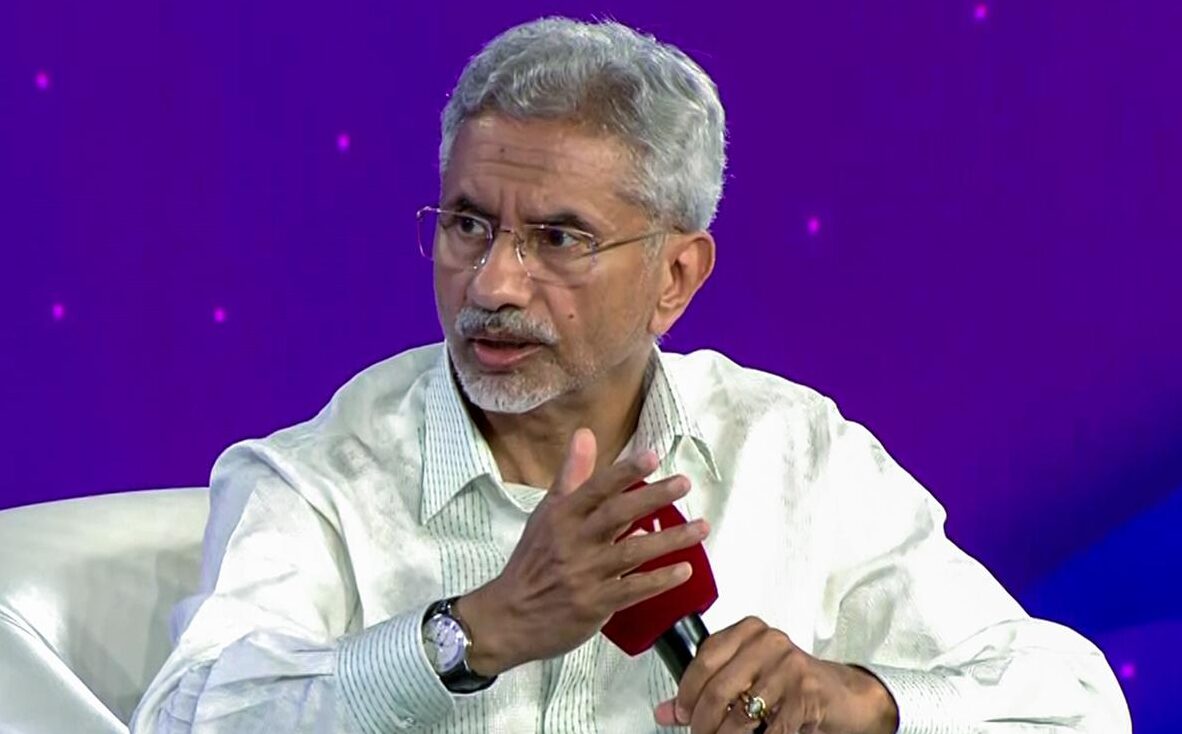India and China Agree on Disengagement and Patrolling Arrangements Along LAC: A Step Towards Border Stability
In a significant development in India-China relations, the two nations have reached an agreement to disengage their troops and establish new patrolling arrangements along the Line of Actual Control (LAC). This decision, announced by India’s Foreign Secretary Vikram Misri, marks a crucial step in easing tensions that have persisted since the standoff between the two countries began in 2020. With approximately 50,000 to 60,000 troops currently stationed on each side of the border, this agreement is a significant move toward de-escalation and restoring peace in the region.
The Road to Disengagement
According to Foreign Secretary Vikram Misri, the disengagement comes after extensive diplomatic and military negotiations between India and China. The discussions were held through various forums and involved both countries’ military and diplomatic channels. Misri stated, “An agreement has been reached on patrolling arrangements along the Line of Actual Control (LAC) in the India-China border areas, leading to disengagement and a resolution of the issues that had arisen in these areas in 2020.” He also mentioned that the next steps in the process would involve implementing these agreements to ensure stability along the disputed border.
Also Read: Premier Houston Semi Truck Accident Attorney
This development follows a statement by the Chinese Defence Ministry last month, which emphasized that both nations had succeeded in “reducing differences” and building “some consensus” on disengaging troops from friction points in Eastern Ladakh. The Ministry also highlighted that China and India are committed to maintaining dialogue to find a resolution acceptable to both sides.
Recent Diplomatic Engagements
Diplomatic engagements between the two nations have intensified in recent months, reflecting their shared goal of reducing tensions along the border. Li Jinsong, Director-General of the Department of Asian Affairs at the Chinese Foreign Ministry, recently met with Indian Ambassador to China, Pradeep Kumar Rawat, to discuss the ongoing issues along the LAC. This meeting underscored both countries’ commitment to dialogue and their efforts to find amicable solutions to the border disputes.
Reports also indicate that both sides have made significant progress in narrowing the gaps on unresolved issues in Eastern Ladakh. They are reportedly exploring potential solutions that take into account their respective pre-April 2020 positions while also addressing other issues in Arunachal Pradesh. This approach reflects a willingness to consider each other’s concerns and to work towards a balanced resolution.
Challenges and Current Situation on the Ground
Despite these positive developments, the situation on the ground remains delicate. Troops on both sides of the LAC continue to be on high alert, although officials have indicated that they are actively avoiding confrontations that could lead to a further trust deficit. This cautious approach aims to prevent any incidents that might undermine the ongoing negotiations and delay the redeployment of troops to less sensitive positions.
To prevent clashes and build confidence, local commanders from both armies have been meeting regularly. These ground-level meetings play a vital role in maintaining communication and resolving any potential misunderstandings before they escalate into larger conflicts. The establishment of buffer zones in areas like the Galwan Valley, the north and south banks of Pangong Tso, and Gogra-Hot Springs has also contributed to diffusing tensions and preventing direct confrontations.
Remaining Points of Contention
While there has been significant progress in many areas, some legacy issues remain unresolved. The Depsang Plains and Demchok regions continue to be points of friction, with troops in these areas facing restrictions on accessing specific patrol points due to the presence of opposing forces or the establishment of buffer zones. Resolving these issues will require further dialogue and a continued commitment from both sides to find mutually acceptable solutions.
External Affairs Minister S. Jaishankar recently commented on the situation, noting that about 75% of the disengagement problems with China have been resolved. However, he pointed out that the larger issue is the increasing militarization of the border, which complicates efforts to achieve long-term peace and stability. Jaishankar emphasized the need for both countries to not only disengage but also de-escalate by reducing the military presence and infrastructure along the LAC.
China’s Response and Future Prospects
Following Jaishankar’s remarks, the Chinese Foreign Ministry issued a statement acknowledging the disengagement at four key points in Eastern Ladakh, including the Galwan Valley. They stated that the situation along the borders has stabilized, indicating a positive shift in the overall dynamics of the region. However, the broader challenge of maintaining a peaceful and stable border will require sustained efforts and continuous engagement from both nations.
Also Read: Trucking Injuries Attorney Houston: Seeking Justice After an Accident
The recent progress in diplomatic and military talks between India and China is a testament to the resilience of their bilateral relations. Despite the setbacks experienced since the clashes in 2020, both countries have shown a willingness to engage in constructive dialogue and work towards resolving their differences. This commitment to peaceful negotiation is crucial for ensuring that the region remains stable and free from future conflicts.
Conclusion
The agreement on disengagement and patrolling arrangements along the LAC is a significant milestone in India-China relations. It marks a step forward in addressing the longstanding issues that have strained ties between the two nations. While substantial progress has been made, challenges still lie ahead, and the path to a comprehensive resolution will require patience, diplomacy, and mutual trust.
Both India and China seem committed to continuing their dialogue and finding mutually beneficial solutions to their border disputes. The coming months will be crucial in determining whether these efforts will lead to a lasting peace or if new challenges will emerge. For now, the focus remains on building confidence, reducing tensions, and restoring stability along one of the world’s most contested borders.


